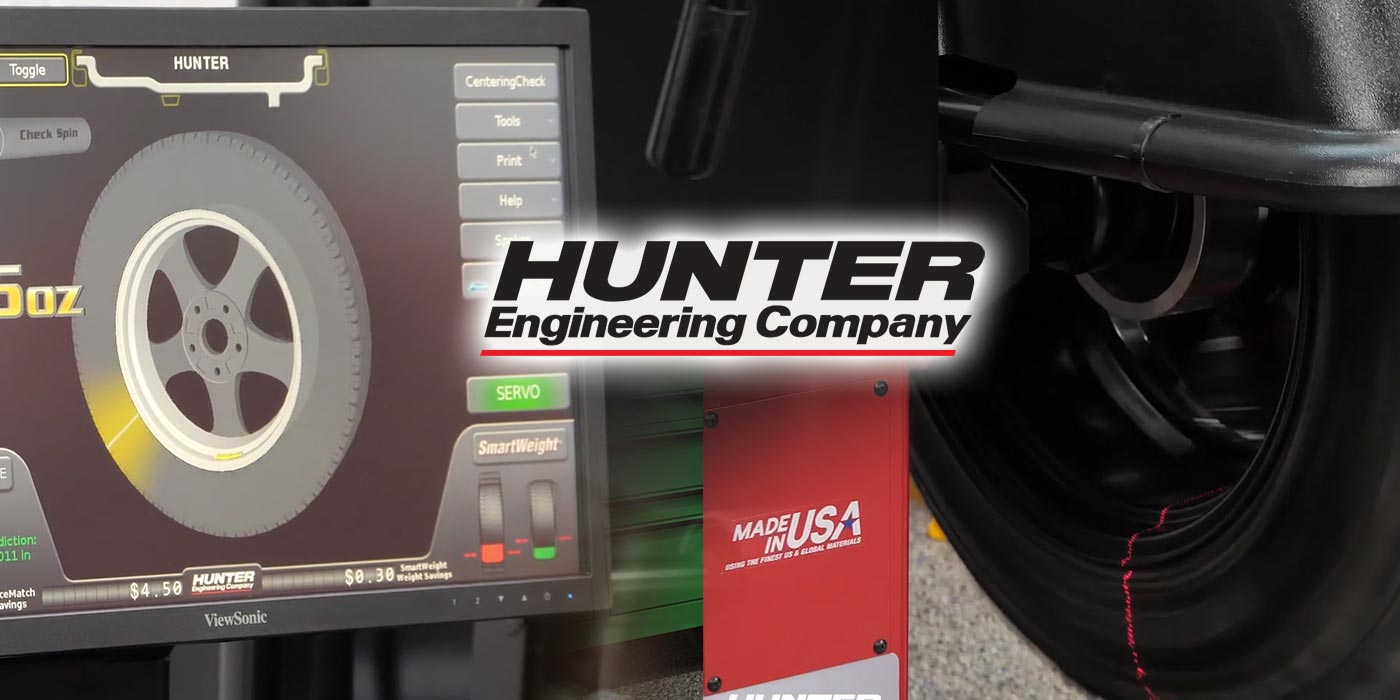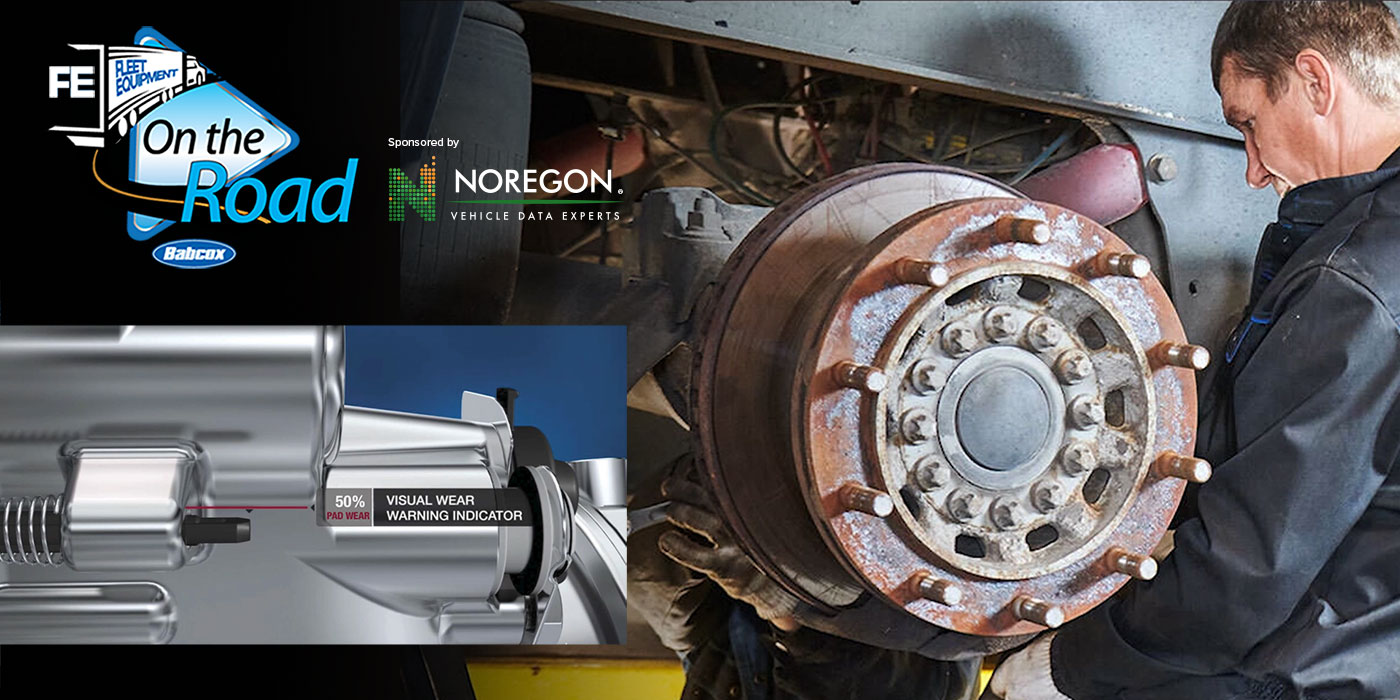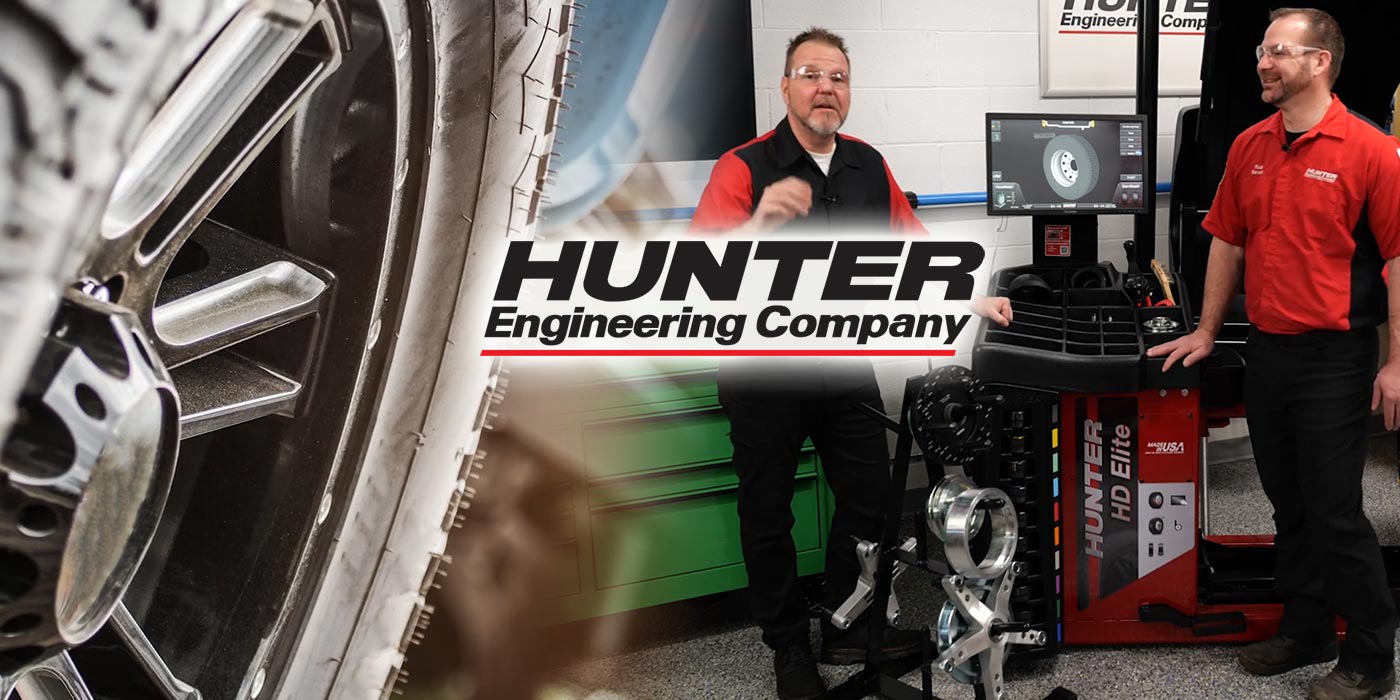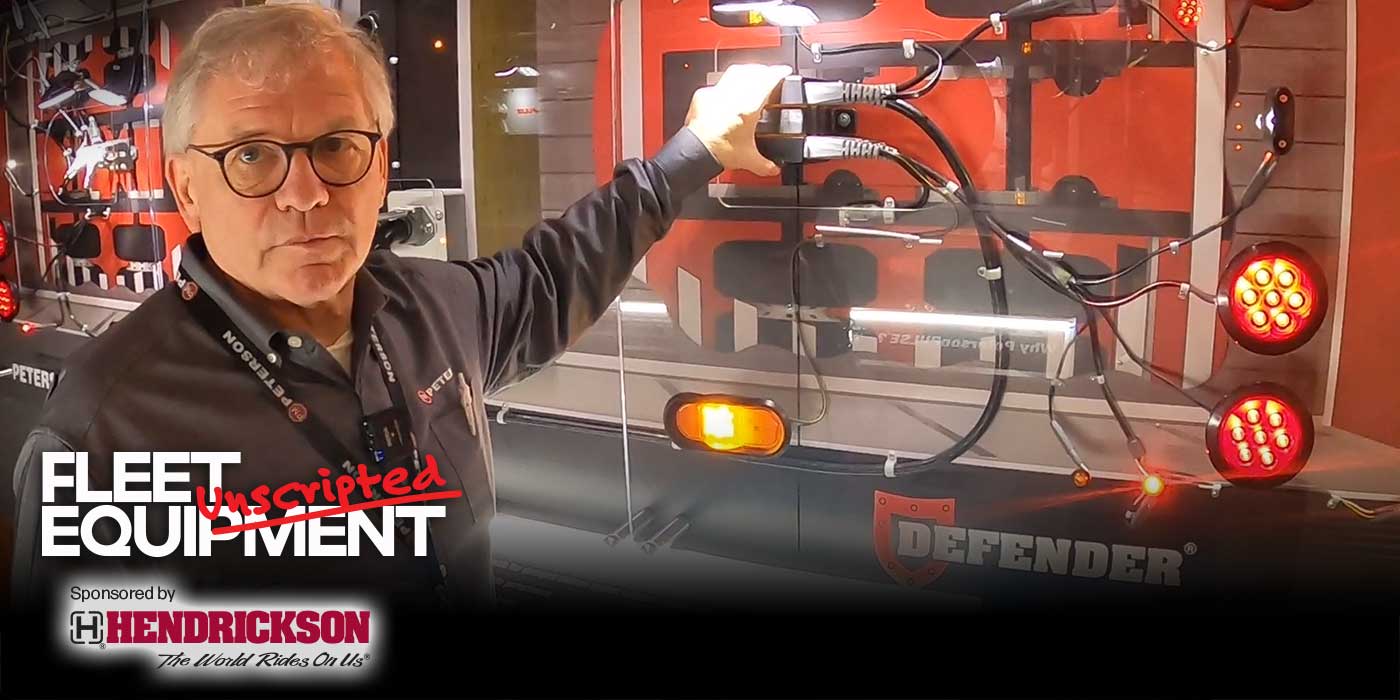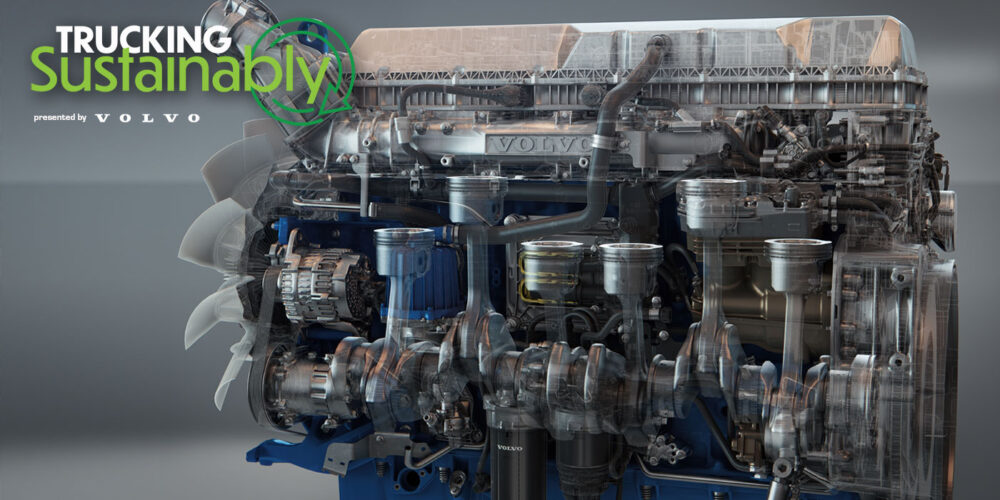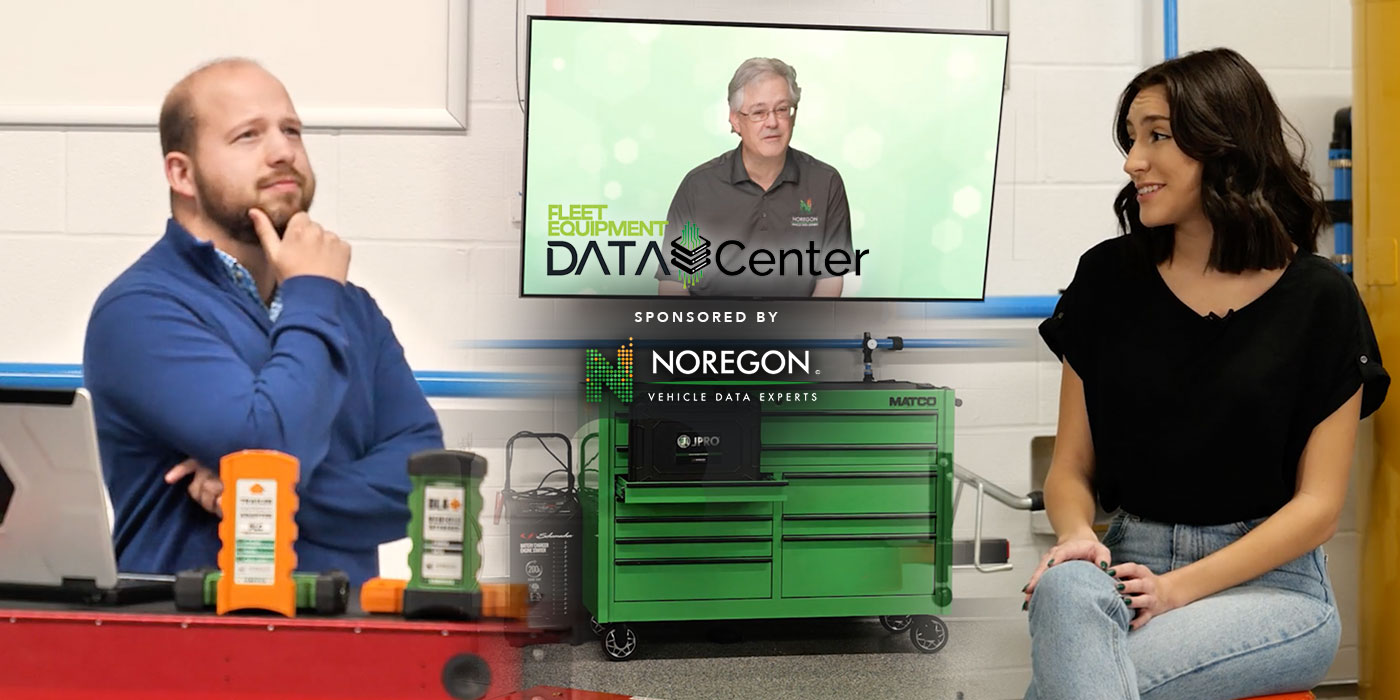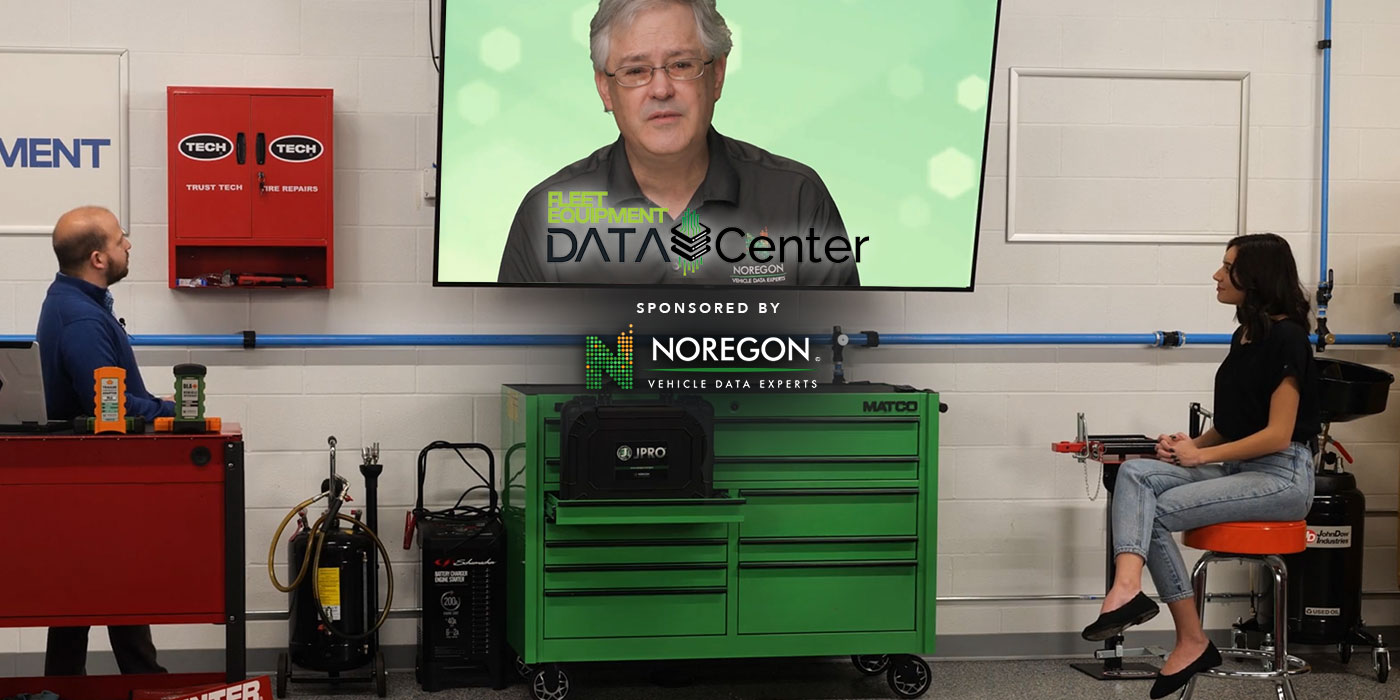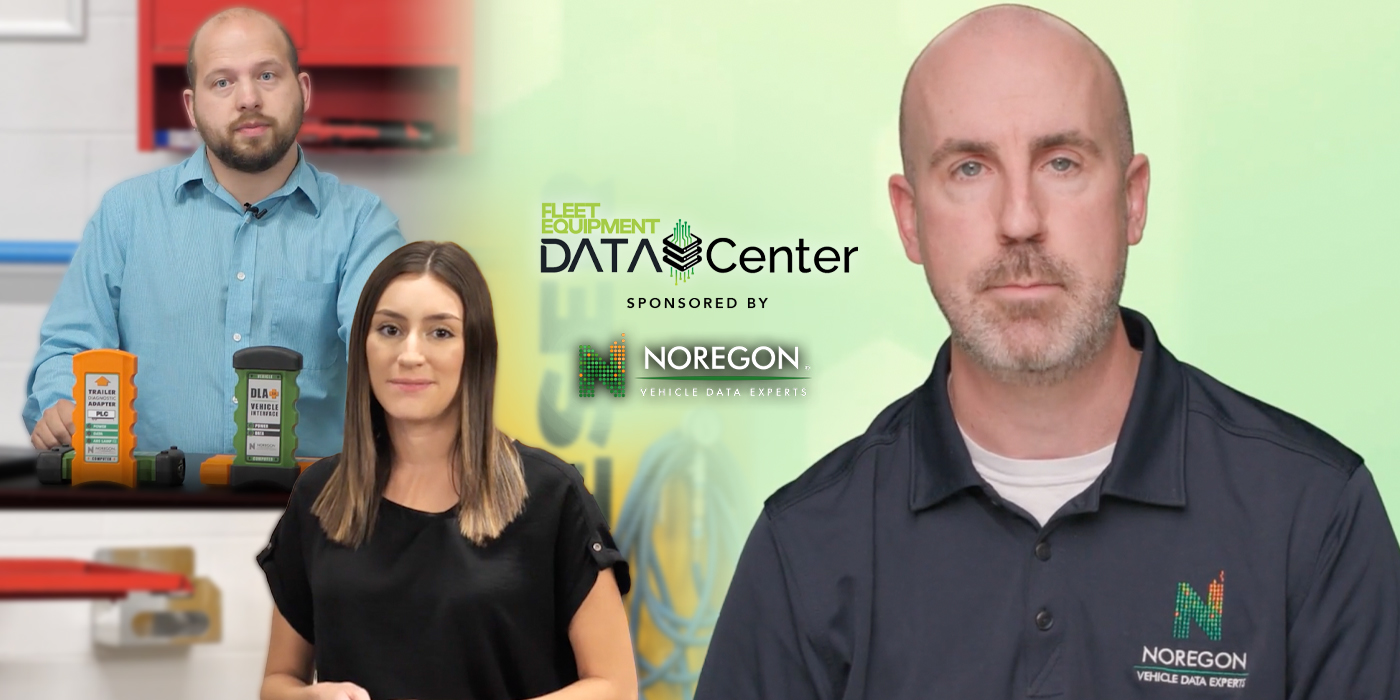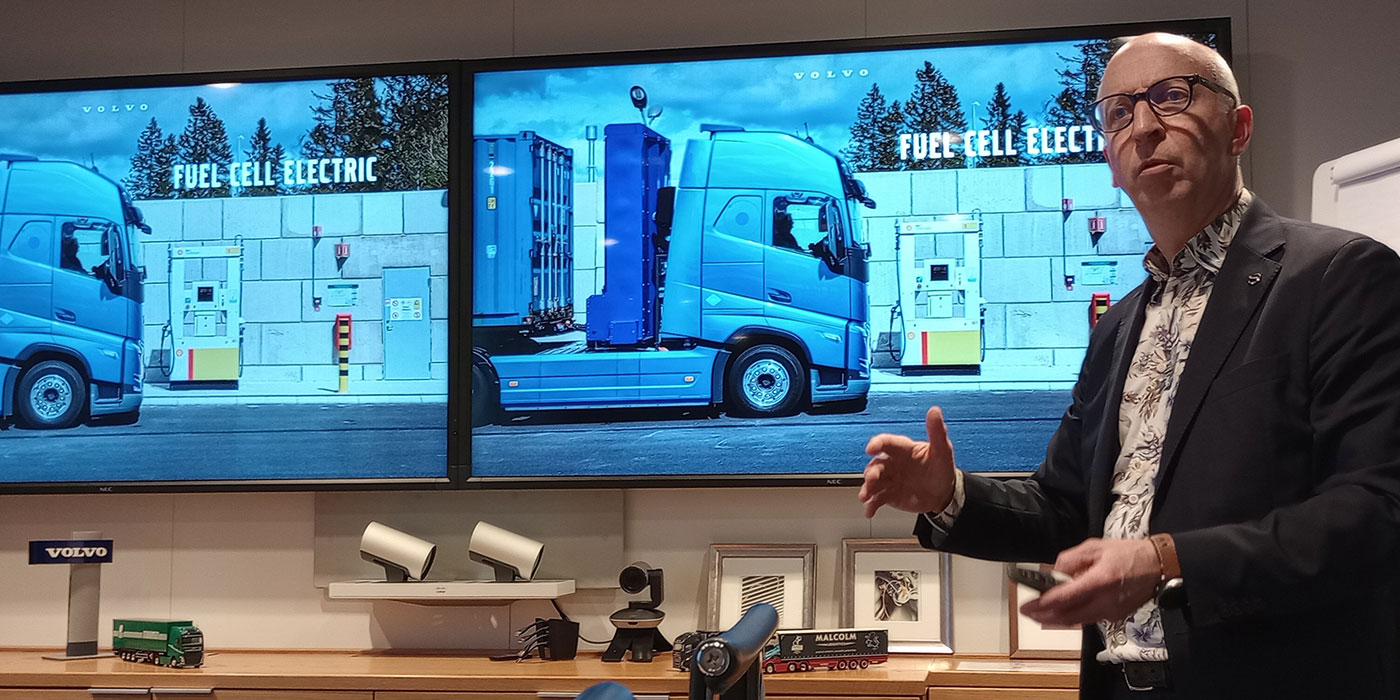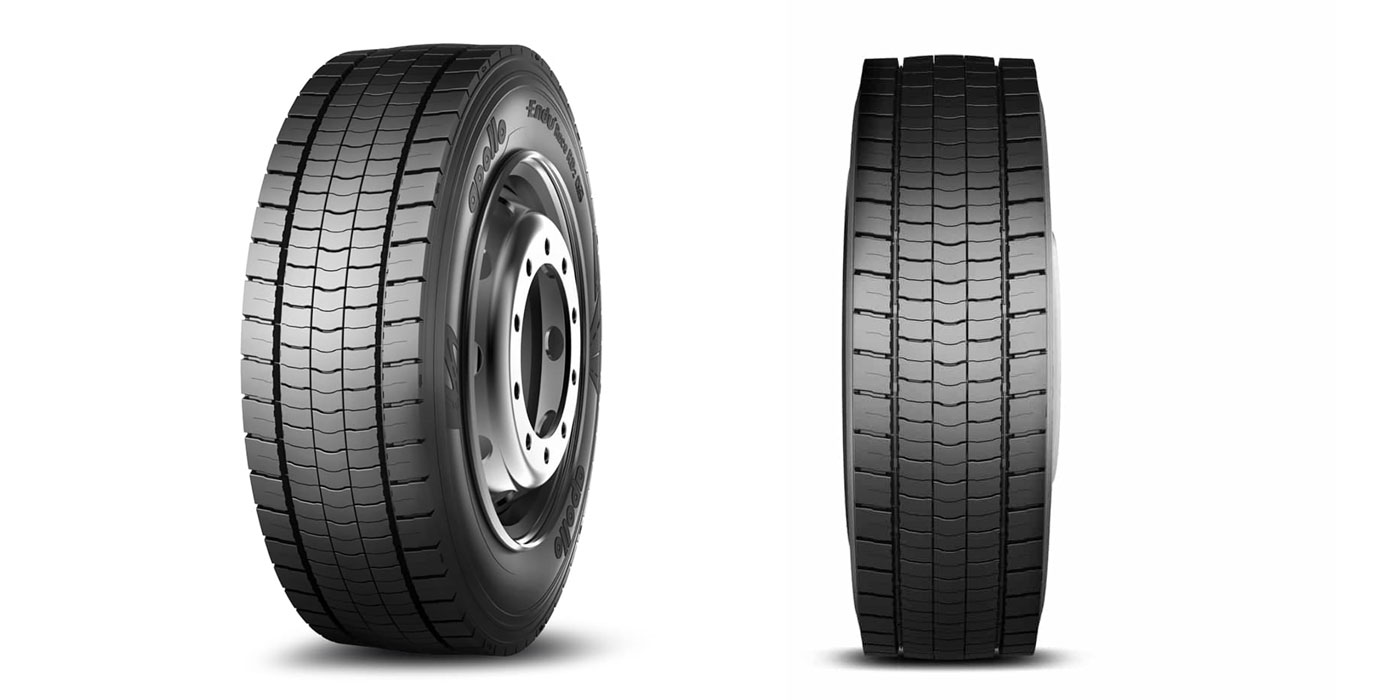There’s a common saying when talking about capturing truck data: Junk data in, junk solutions out. When you’re making equipment decisions, whether it’s when to buy a new truck, when to do the next PM or when to stock your next round of tires, you can’t just guess–you need to use data to ensure you’re operating as efficiently as possible. That means capturing service data.
Consistency is key.
Consider tires. While there are plenty of service solutions that can capture fault code and service information, tires are still a stand-out segment that requires manual data capture. You want to be certain that you’re building a database that can be imported into a future solution. So let’s use this as a benchmark use case for collecting data.
Here are the basic data points you’re probably already collecting:
• Tire pressure,
• Tread depth,
• Mileage, and
• Position.
What you should add is:
• Tire brand,
• Series,
• If it has been retreaded,
• Number of times retreaded, and
• Retreader.
The next step after that is:
• DOT casing age, and
• Reason for removal.
Now, that’s a lot to record during services and the fact is that tires get rotated, pulled or put in a new position without a second thought. The real challenge is making sure you stress the importance of recording that information in a consistent way. You need uniform units of measure and tire nomenclature. It might look like a bunch of columns and rows, but if they’re uniform, that’s a lake of data that the right future solution could analyze and tell you where you’re leaving money on the table when it comes to tires.
For more tips on data collection during the service event, watch the video above.
Fleet Equipment’s Data Center is sponsored by Noregon. Subscribe to our newsletter to catch every episode as we’ll be diving into use cases, talking with the data pros and making data usage approachable.

